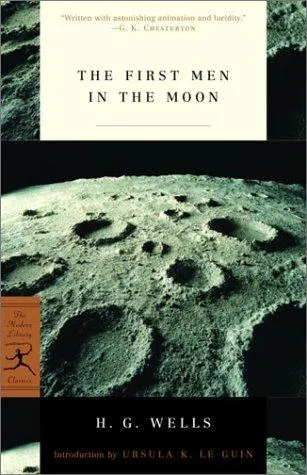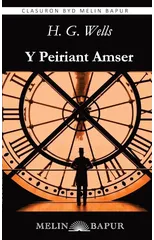“Why do people read science fiction? In hopes of receiving such writing as this—a ravishingly accurate vision of things unseen; an utterly unexpected yet necessary beauty.” So says Ursula K. Le Guin in her Introduction to The First Men in the Moon, H. G. Wells’s 1901 tale of space travel. Heavily criticized upon publication for its fantastic ideas, it is now justly considered a science fiction classic. Cavor, a brilliant scientist who accidentally produces a gravity-defying substance, builds a spaceship and, along with the materialistic Bedford, travels to the moon. The coldly intellectual Cavor seeks knowledge, while Bedford seeks fortune. Instead of insight and gold they encounter the Selenites, a horrifying race of biologically engineered creatures who viciously, and successfully, defend their home.
H.G. Wells
H.G. Wells was a prolific English writer best known for his science fiction novels. His most notable works include "The War of the Worlds," "The Time Machine," and "The Invisible Man." Wells' writing style was characterized by his imaginative storytelling, social commentary, and exploration of scientific concepts. He is often credited with popularizing the science fiction genre and influencing future writers in the field. "The War of the Worlds" remains his most famous work, depicting a Martian invasion of Earth and exploring themes of imperialism and the resilience of humanity. Wells' contributions to literature have had a lasting impact on the genre of science fiction and continue to be celebrated to this day.






